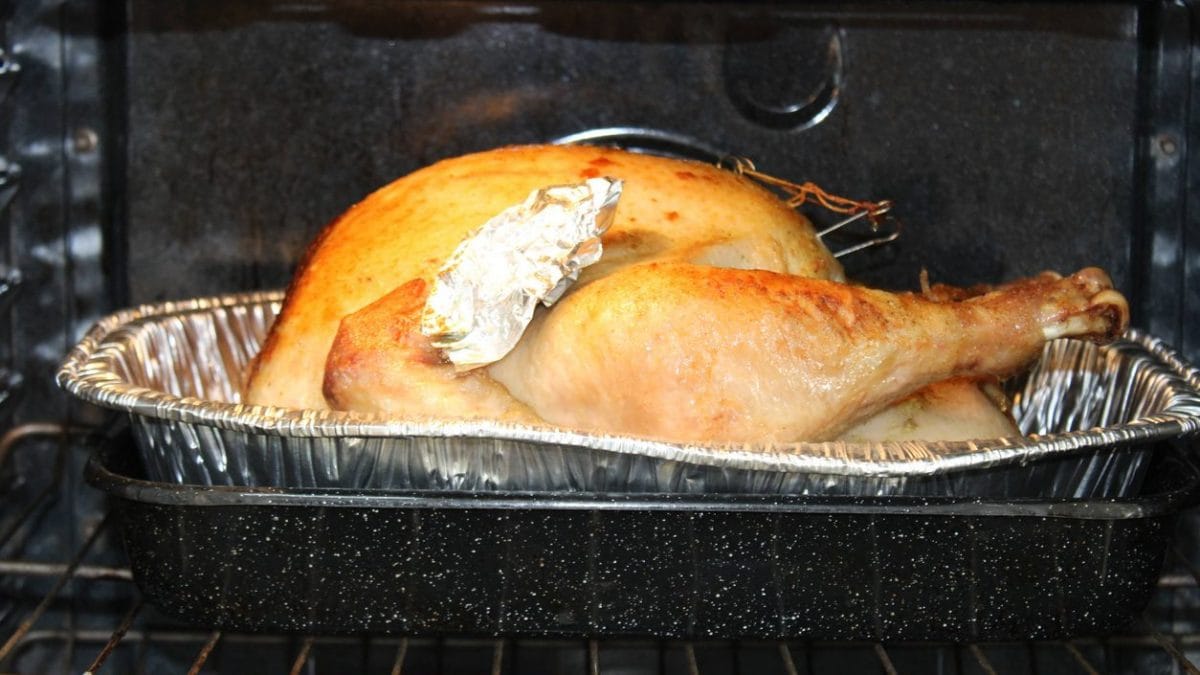
Thanksgiving dinner can be a very stressful time of the year for everyone involved, but specifically for those in charge of the dinner and the turkey. It's not every day you find yourself buying, roasting, and serving a whole bird—it happens once, maybe twice a year, and it’s the culinary equivalent of walking a tightrope without a net. In most cases, it’s a hit-or-miss situation.
There’s no salvaging a dry, overcooked turkey once it’s on everyone’s plates. To spare you the judgmental glances (or worse, silence) from across the table, we’ve rounded up the most common turkey-related blunders. From thawing to carving, we’re breaking down why these mistakes happen and how to fix them so you can keep the turkey—and the day—from going completely fowl.
1. Skipping the Thaw Countdown
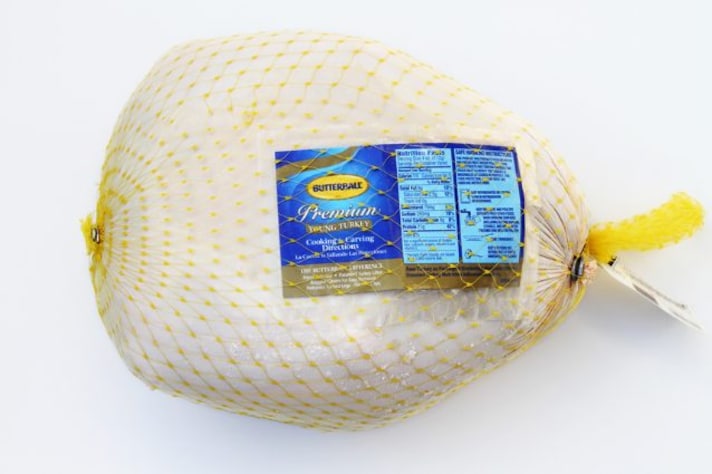
If you’re still pulling a frosty bird from the freezer on Thanksgiving morning, you’ve already got a problem. A frozen turkey needs plenty of time to thaw—up to 24 hours for every 4-5 pounds in the fridge. Defrosting it on the counter or with warm water might seem like a shortcut, but it’s also a fast track to bacteria-ville. A half-thawed turkey won’t cook evenly, leaving you with a tragic mix of dry breast meat and underdone legs.
The Solution: Plan ahead. Transfer the turkey from the freezer to the fridge days in advance. For an emergency thaw, use cold water, changing it every 30 minutes. Your future self (and your guests) will thank you.
2. Neglecting the Brine Basics
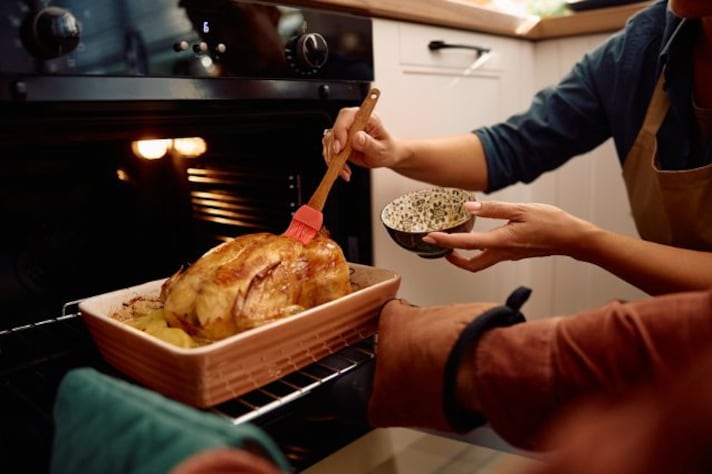
Brining your turkey is one of the best ways to lock in moisture, but it’s also where people go awry. Too salty, not enough time, or worse—skipping the brine altogether. A poorly brined turkey can end up tasting bland or overly cured, making you question if it’s worth the effort at all.
The Solution: Stick to a simple ratio—1 cup of salt per gallon of water—and brine for no more than 24 hours. Alternatively, try a dry brine, rubbing salt directly onto the skin and letting it sit uncovered in the fridge overnight. Either way, don’t skimp on this step if you want your turkey to shine.
3. The Cavity Quandary
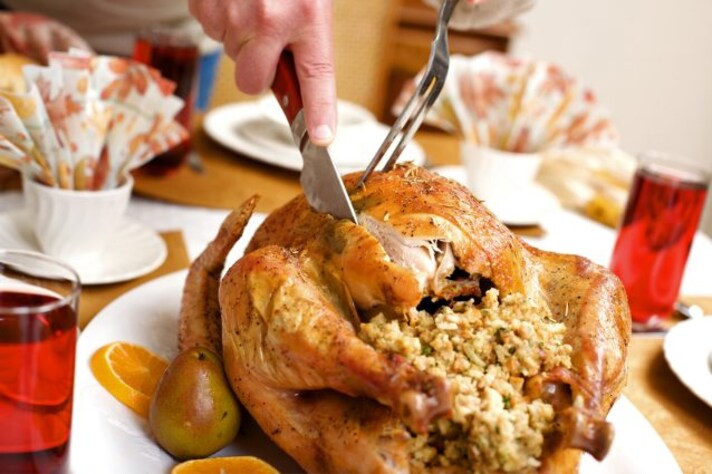
Turkeys may look like they’re built for stuffing, but cramming the cavity full of bread is an age-old mistake. The stuffing often soaks up raw turkey juices and takes forever to cook through, leaving your bird overdone while you wait for the stuffing to hit a safe temperature.
The Solution: Skip stuffing the turkey and bake it separately. Instead, enhance your turkey’s flavor by filling the cavity with aromatic vegetables, citrus, and fresh herbs. This way, your stuffing stays moist, and your turkey doesn’t suffer in the process.
4. Failing to Pat the Turkey Dry
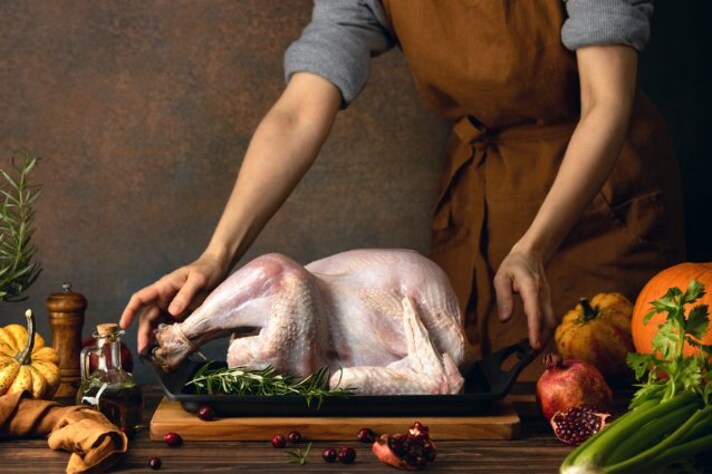
A wet turkey is a soggy turkey—and soggy skin doesn’t crisp up in the oven. If you skip patting the bird dry before seasoning it, you’re essentially sealing its fate as an unevenly cooked, pale-skinned disaster.
The Solution: After brining or rinsing, thoroughly pat the turkey dry with paper towels. A dry surface is the first step to golden, crispy skin that makes you want to grab your camera before grabbing your knife.
5. Forgetting to Let It Rest
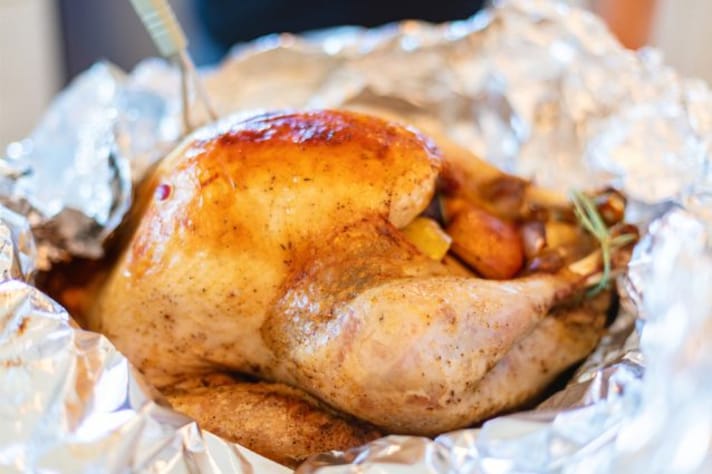
Taking the turkey straight from the fridge to the oven may sound like efficiency, but cold turkey is bad news for even cooking. The temperature discrepancy can leave parts of the bird undercooked while others get tough and stringy.
The Solution: Let the turkey sit at room temperature for 30 minutes to an hour before roasting. This ensures it cooks evenly and avoids the dreaded undercooked middle.
6. Wing and Leg Neglect
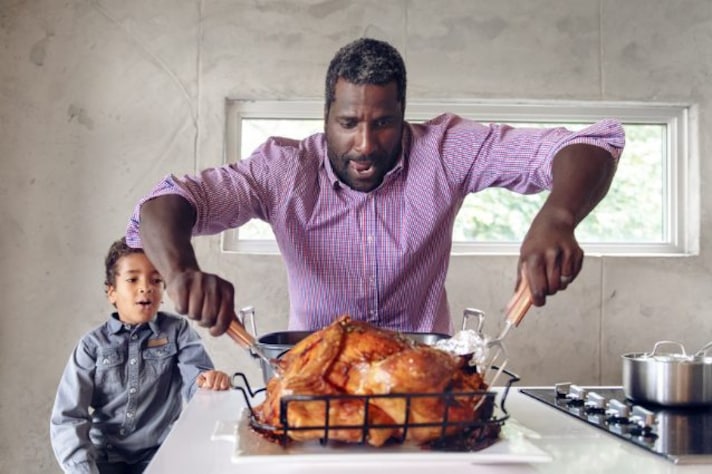
The bird's extremities—the wings and legs—often get overcooked because they’re smaller and cook faster than the breast. If left unprotected, they can come out dry and chewy, even if the rest of the turkey is perfectly cooked.
The Solution: Use foil to loosely cover the wings and legs once they’ve browned, or tuck the wings under the bird before roasting. This prevents them from overcooking and keeps the overall presentation pristine.
7. Mishandling the Thermometer
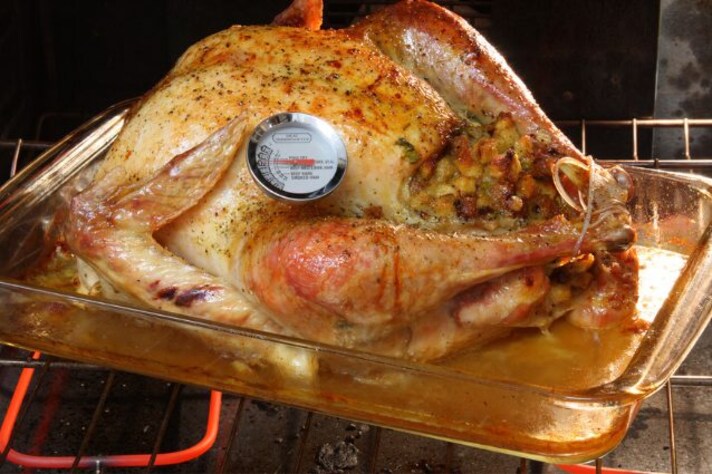
Relying solely on cook time is a gamble. No two turkeys are exactly alike, and not using a thermometer can lead to guessing games that result in undercooked (or overcooked) meat.
The Solution: Invest in a meat thermometer. Insert it into the thickest part of the breast and the innermost thigh—both should reach 165°F. Checking multiple spots ensures you’re not serving anyone a side of salmonella.
8. Basting Overkill
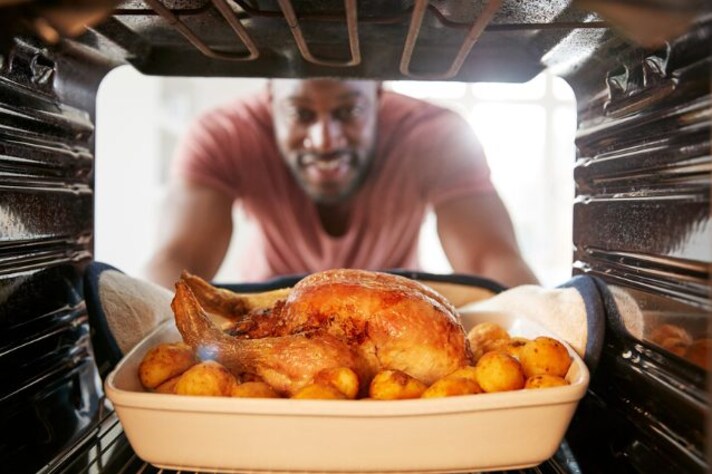
Constantly opening the oven to baste your turkey may feel like you’re showering it with love, but in reality, you’re prolonging the cooking time and potentially drying it out. Each time you open the oven, heat escapes, disrupting the cooking process.
The Solution: Baste sparingly or skip it altogether. A well-brined turkey doesn’t need much extra moisture, and frequent basting often adds minimal flavor.
9. The Butter Bomb
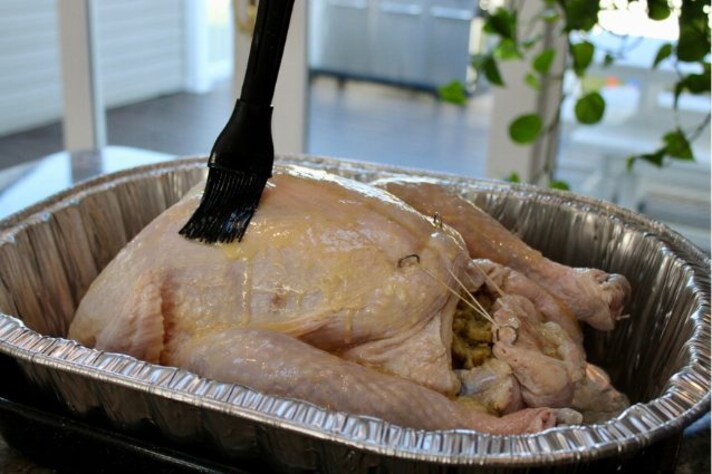
Slathering your turkey with butter may seem like a foolproof way to lock in moisture, but butter burns quickly at high temperatures, leaving your bird with an uneven, charred exterior.
The Solution: Swap butter for oil, which has a higher smoke point and ensures an even golden finish. Save the butter for basting in the last 20 minutes of roasting if you can’t resist.
10. Skipping the Rest Period
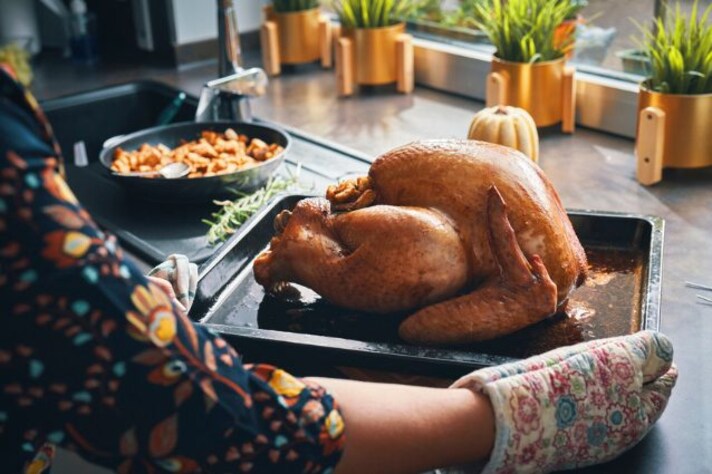
Once the turkey comes out of the oven, the temptation to carve immediately is strong—after all, you’ve waited hours for this moment. But cutting too soon releases all the juices, leaving you with a dry bird and soggy slices.
The Solution: Let the turkey rest for at least 20-30 minutes before carving. This allows the juices to redistribute, giving you moist, flavorful meat and a picture-perfect carving moment.
;Resize,width=767;)
